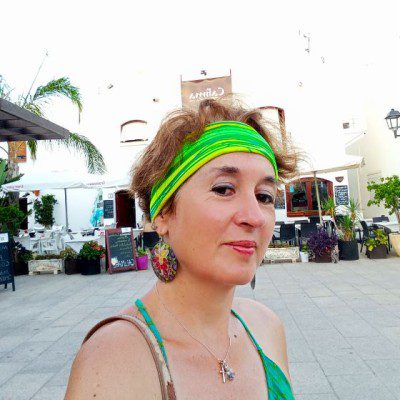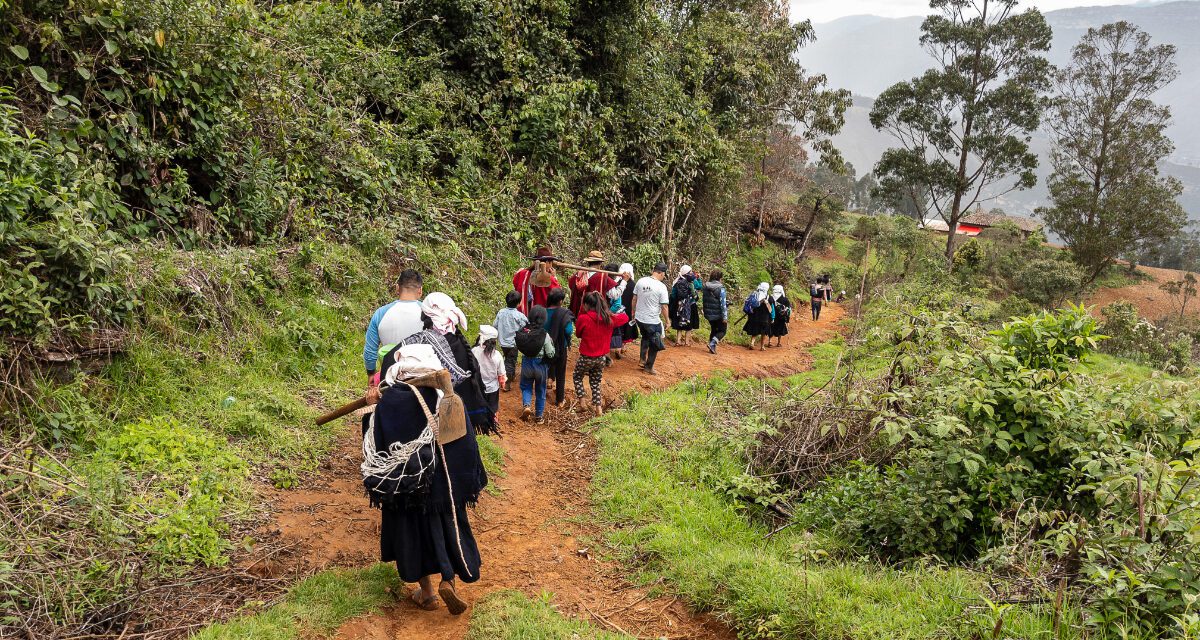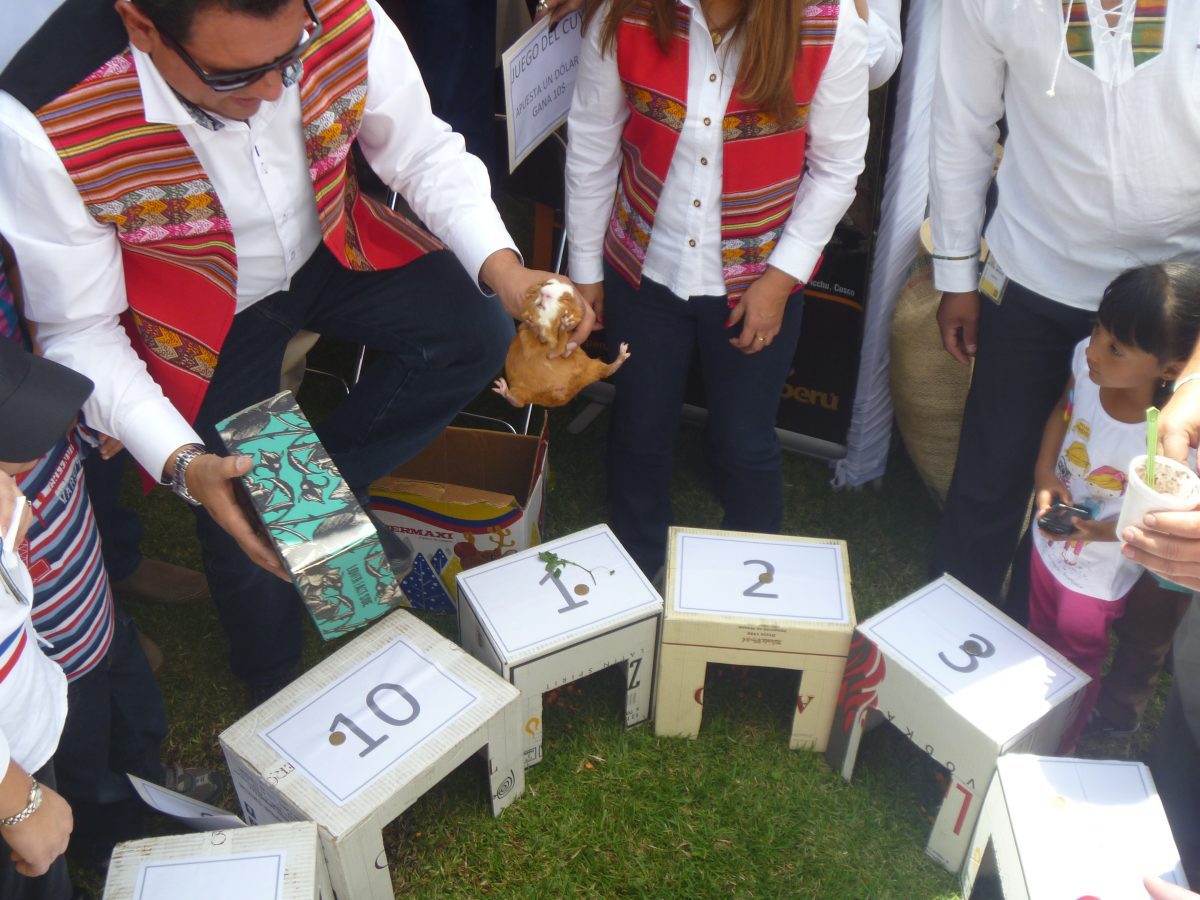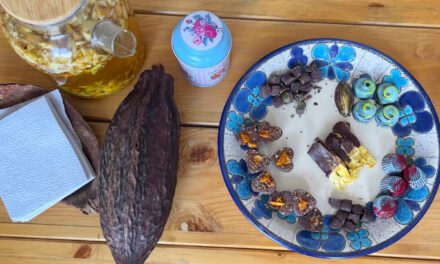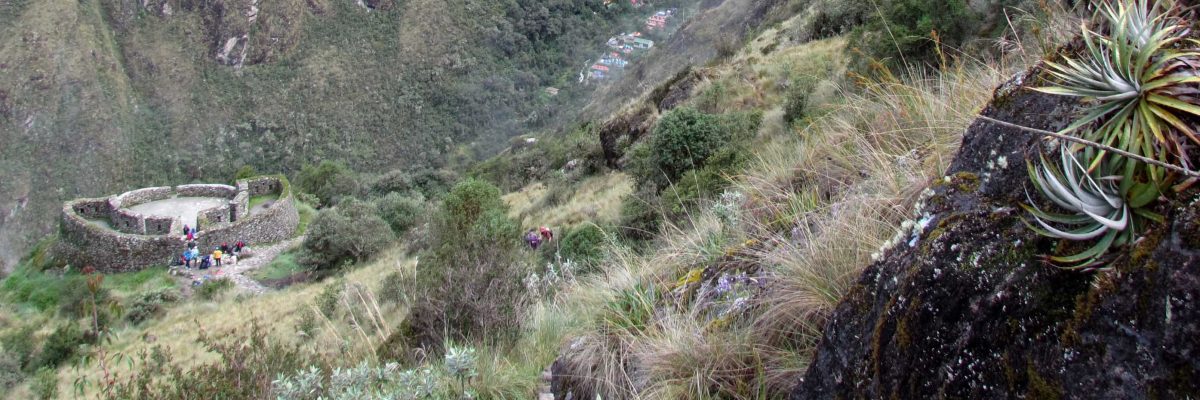As responsible travelers evolve, so do the stories we share.
This article is part of our living archive — trusted content we continue to care for.
First published on October 31, 2024 • Last updated on October 31, 2024.
Amazonas is a region bursting with archaeological treasures, culinary delights, vibrant colors, and a unique ecosystem that invites you to explore Kuelap and Gocta Falls alongside the local guides from the Chachapoya Ecomuseum. Who better to show us natural dyes, medicinal plants, and ancient histories in this magical, mist-laden landscape? They are the heart and soul of this journey of discovery. Come, and let me take you on a journey through these places.
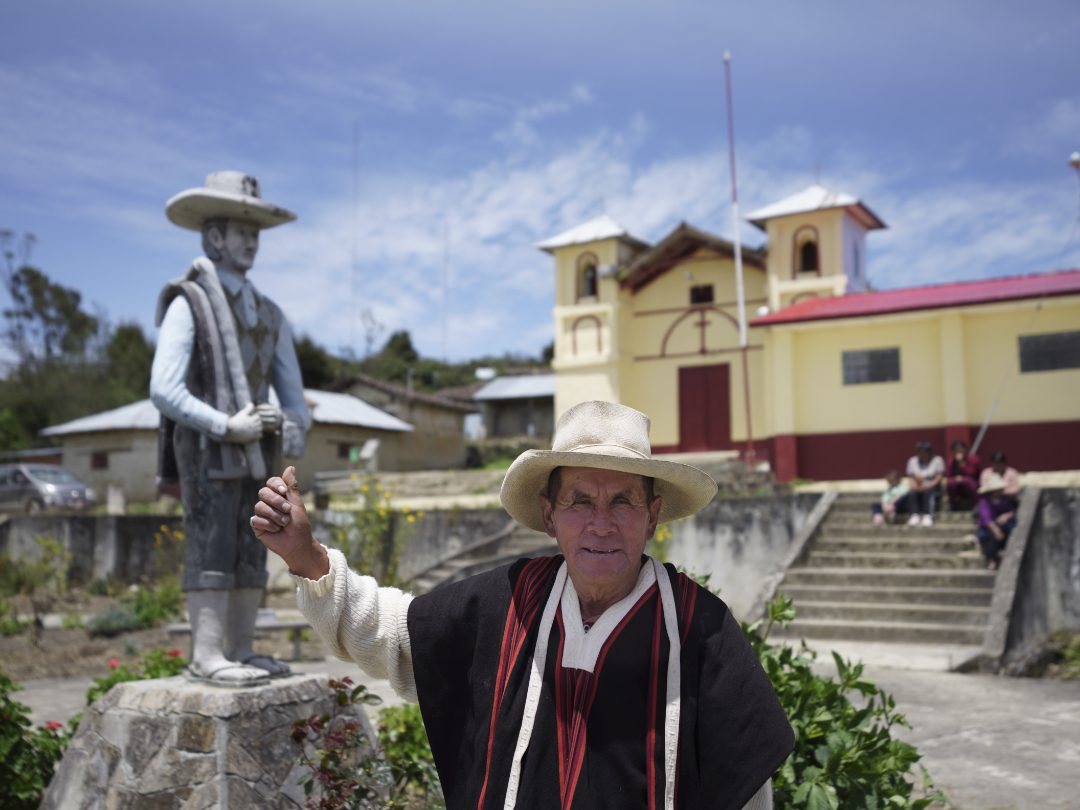
Arriving in Leymebamba, “Land of the Ancestral Gods,” is well worth the trip. This charming town, nestled between Chachapoyas and Celendín, is not just a stop—it’s the starting point for an inspiring journey through the Utcubamba Valley.
The locals here are steeped in creativity, inheritors of a place once known as Raymipampa, “field of celebrations,” a name that reflects the town’s joyful spirit. Take Miguel Huamán, a skilled woodworker whose hands have lovingly crafted tributes to the discovery that changed Leymebamba’s landscape: the Condor Lagoon.

I never tire of listening to Sinecio, a community guide, who enthusiastically shares the fascinating story of the rescued mummies now resting at the Leymebamba Community Museum, home to treasures from the great discovery at the lagoon. Here, ancient artifacts reveal the remarkable story of the Chachapoya warriors and their rituals for life and eternal rest.
But this is not a place to dwell on death; it’s a gateway to the Community Tourism Routes. From here, we step into the Ecomuseum, an “open-air museum” where the bond between nature and people forms Paisajes Culturales, a living stage for the descendants and master stewards of local traditions.
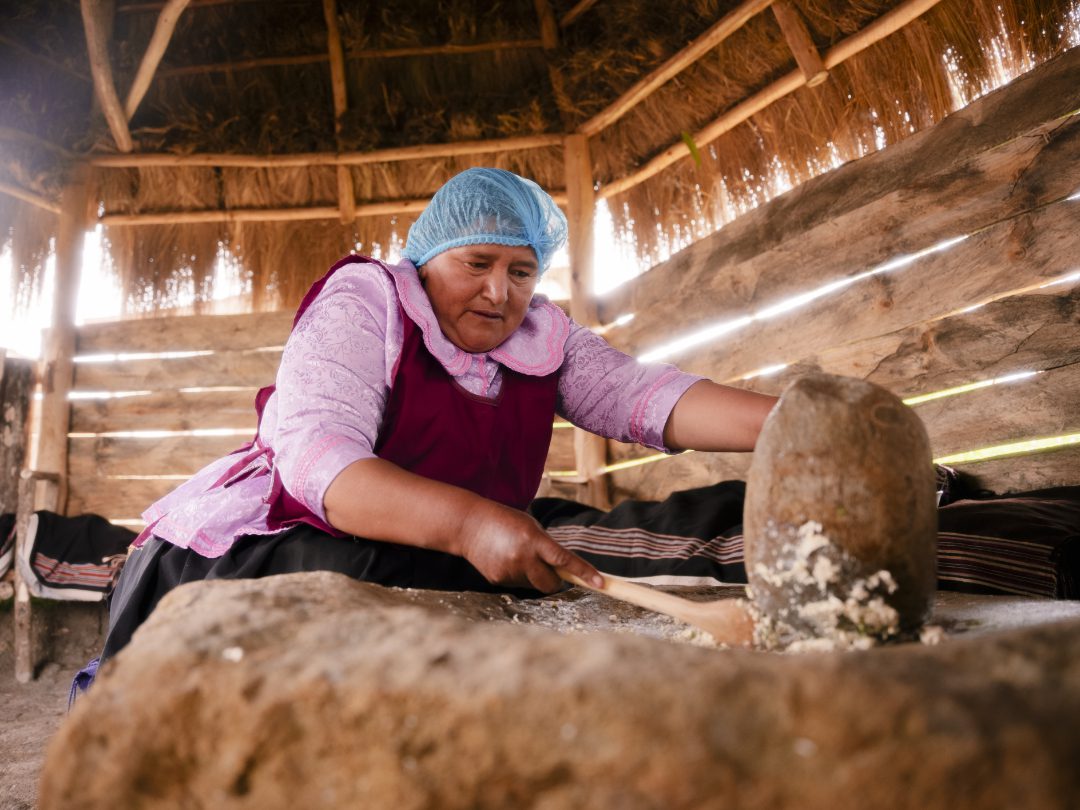
Heading to the annex of Nuevo Huacas in La Jalca district, we are welcomed by the rhythmic Music and Dance for Abundance, accompanied by a warm group who guides us to the fields. Sweet Josefina takes my hand and leads me to the spot where we join in agricultural activities.
The work is preceded by preparatory rituals, and as we take in the calm of this land, the concrete jungle of our daily lives fades away. After a shared morning of work, we gather for a communal meal, listening to ancestral stories passed down by village elders, who we leave with gratitude and respect. An inner transformation has begun.
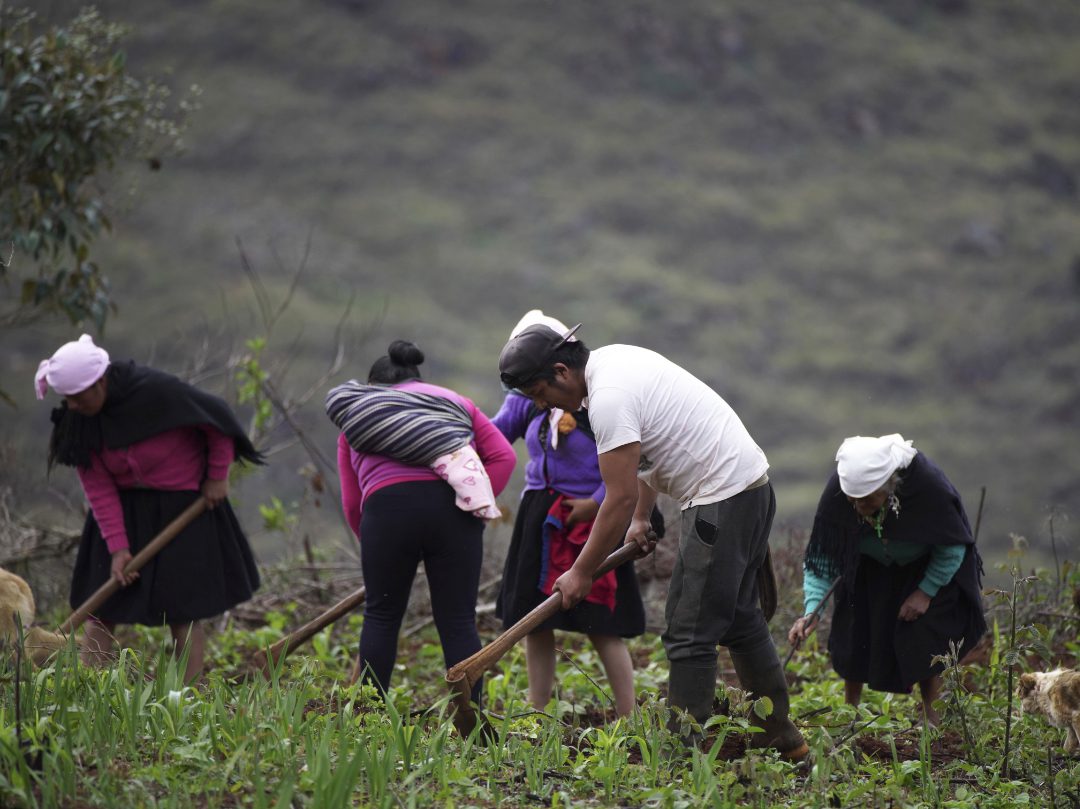
Across the Utcubamba in San Bartolo, in the Santo Tomás district, we step into the land of the ancient builders of the Revash Mausoleums, tiny cliffside villages from another era, and of the present-day architects of the unique Casas de Muesca.
With skilled hands and a steady spirit, Julio, knowing his work has withstood the forces of nature, shows us the construction techniques. After we walk along paths lined with crops, flora, and fauna that bridge the past and the present, we share in the tradition of bread-making with Vilma. With each knead and bake, we feel a deeper connection to the Chachapoya Ecomuseum, stirring memories of our own ancestral pasts.

Heading north, we reach our next stop, warmly greeted by the descendants of the Pucahuia Warriors in San Miguel de Cruz Pata. Here, the monumental sarcophagi of Karajía emerge among multicolored rocks. We step respectfully into the world of these towering, two-meter-tall burial sculptures, with Gumercindo helping us enter this realm of Luya Chillao secrets in body and soul. The enchantment grows as we stroll among dozens of medicinal plants, promising to heal us and deepen our appreciation for these lands of Chocho and the sacred batán stone.
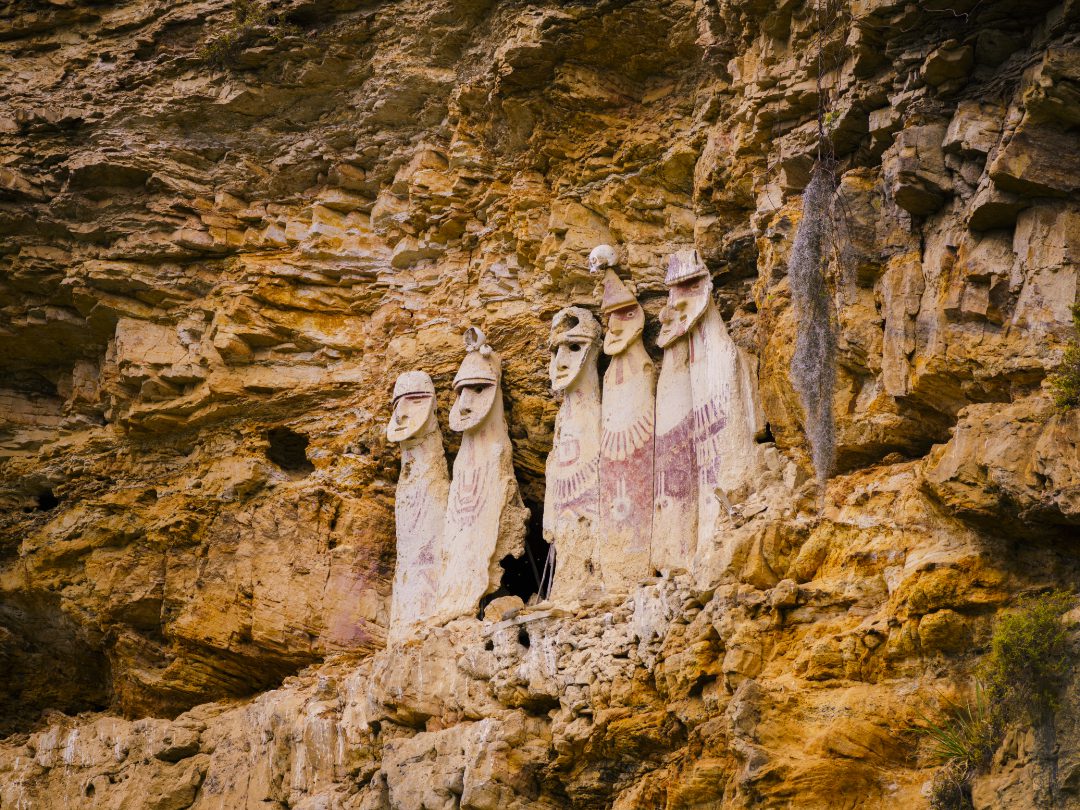
Our last stop is San Pedro de Cuémal, a hidden gem in Lámud district, where Francisco fills our minds with stories of the past. Later, we lose ourselves in the rhythm of the Chuquiaj Ave dancers, joining in their circular movement as they herald the long-awaited rains. Water is life, bringing fertile harvests—the essence of a rich and flavorful cuisine.
At the “Festival of the Seven Dishes” lunch, we gather at the shared table, savoring the expertly prepared dishes from our hosts. We are gifted with the fruits of the land, labor, tradition, and community knowledge.
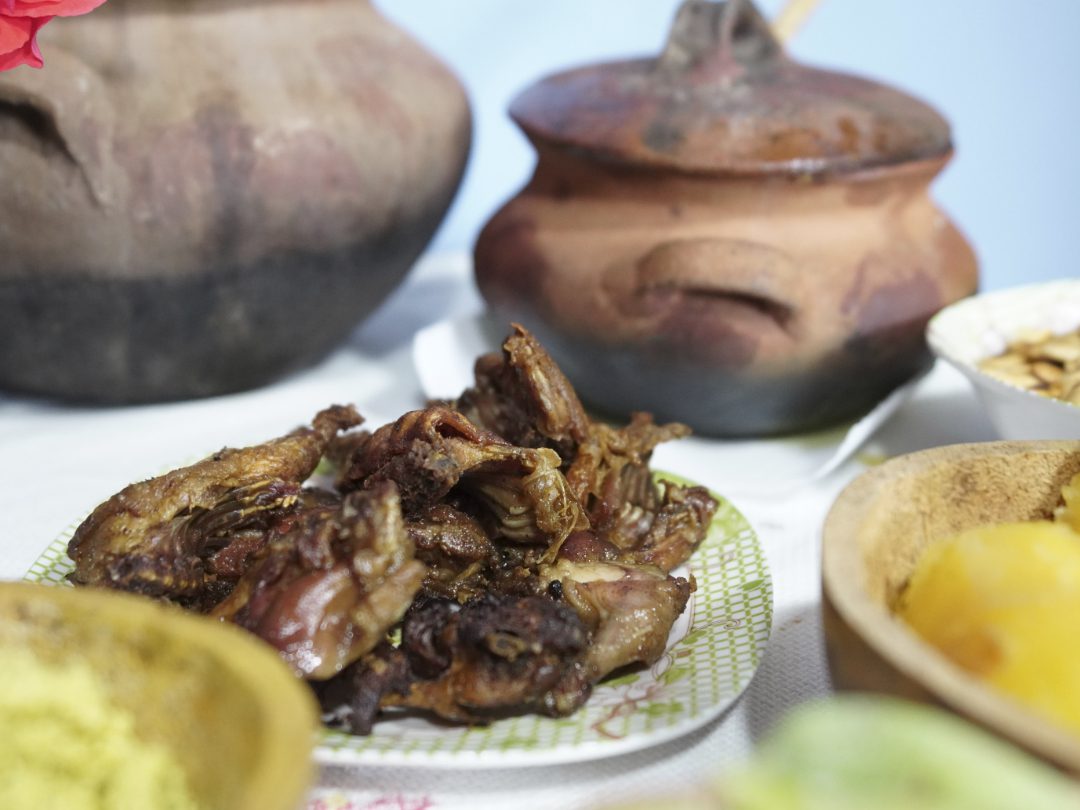
I feel a deep nostalgia as I prepare to leave and wish that the spell of these lands will stay with me forever. Tomorrow I won’t be here, but I hope many more will come who know how to listen, respect, and celebrate with the masters of the Ecomuseum. Thank you, Jhobani, Neister, Margarita, Rosa Amelia…
Live, feel, and experience our Chachapoya culture.
Guest Author, Maria Luisa Coque Martinez
Maria Luisa Coque Martinez brings years of experience in language tourism, where she’s led teams and managed diverse projects both in Spain and abroad. Now a Docente with the Madrid Education Council, she’s passionate about guiding students through the world of tourism while sharing her own journey. A dedicated traveler, Maria sees each trip as a way to connect, learn, and exchange experiences across cultures, embracing travel as a continuous adventure and a way of life.
